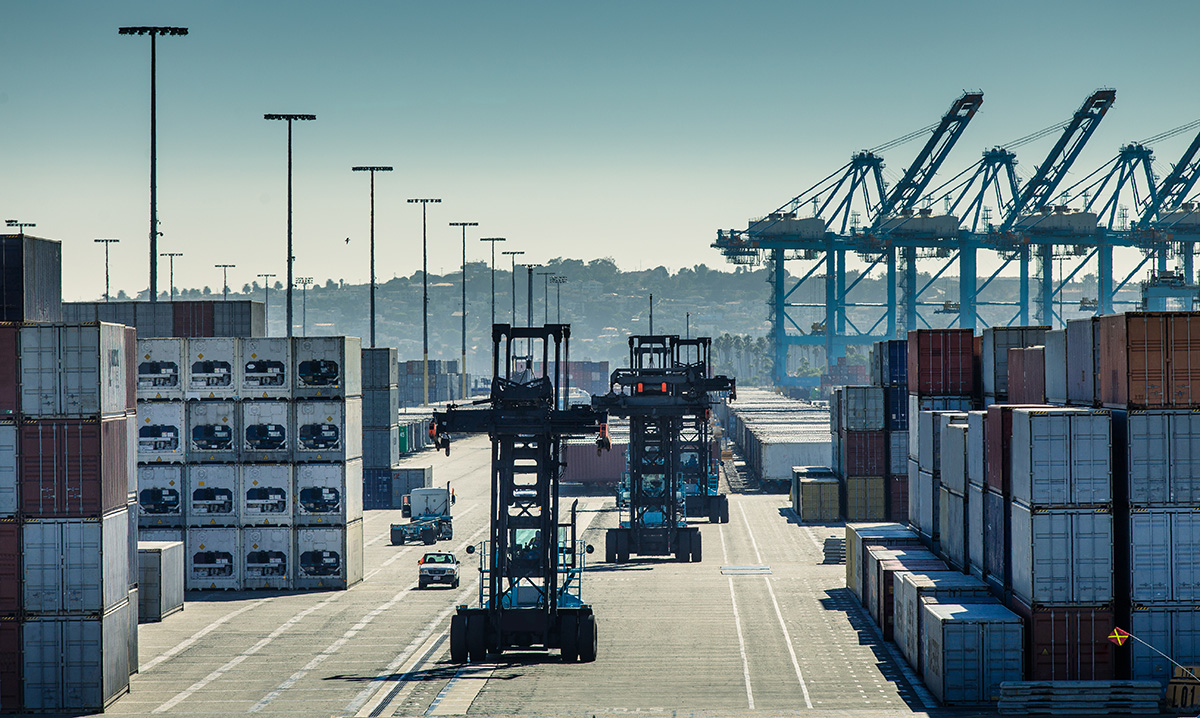This article originally appeared in Caixin Global on July 14, 2022.
Supply chain disruption continues to frustrate business executives, political leaders, and consumers around the world. While many had hoped that the global flow of goods would improve greatly as the pandemic waned, other factors have intervened including renewed lockdowns, geopolitical tensions, and sustainability concerns.
The Oliver Wyman Forum convened senior leaders across the clothing industry, ports sector, and a range of financial institutions in Asia Pacific and the United States to discuss what’s next for global supply chains. The conversation underscored the complexity of the problem and the need for progress in a number of areas, not any single quick fix. We have captured our personal reflections and distilled some of our latest research into the following points:
COVID was the trigger but far from the only cause of supply chain disruption. The lockdowns of Chinese cities in 2020 temporarily choked the flow of goods and left many ships and containers stranded. But the pandemic also exposed a host of other weaknesses that aggravated the crisis and are likely to delay its resolution. Four decades of offshoring, outsourcing, and overriding cost-consciousness produced efficiency, but left supply chains overextended and fragile. Aging ports and transportation infrastructure, restrictive work rules, and a lack of automation are hampering US efforts to restore a flow of goods sufficient to meet today’s elevated demand. And continued trade tensions and tariffs between Washington and Beijing, particularly around semiconductors, are affecting the availability and price of goods.
Companies are responding by moving from a “just-in-time” mentality to “just in case;” resilience, not efficiency, is the watchword. This can reduce risk but may add to inflationary pressures, especially as rising interest rates make it more costly to finance higher inventories. We have been seeing a rise in nearshoring or friend-shoring – sourcing goods in friendly countries closer to North American and European markets – for several years. But it takes time for these incremental changes to make a macro impact. Chinese exports to the United States jumped nearly 17% last year. Reshoring, or bringing production back to the US and other markets, is so far largely rhetorical; a key test will be whether the United States succeeds in rebuilding domestic semiconductor manufacturing.
China will not be replaced as the world’s manufacturing hub anytime soon. Producing in China for China remains a mantra for foreign firms given the scale of China’s market. The European Chamber of Commerce in China’s survey showed a growing number of firms seeking to invest more, not less, in the country. Many foreign companies are conducting R&D in China and later exporting innovation to their home markets. Production will still relocate at the margin, especially in the consumer goods sector. Strategic industries, such as pharmaceuticals or semiconductors, are also under pressure to move. But for other more capital-intensive sectors, it will take years, if not decades, for large parts of the supply chain to relocate —-- there is no simple substitute to China.
Innovation that unlocks the power of data and digitization could greatly alleviate supply chain pressures, but that will require overcoming vested interests. Companies have plenty of data on their customers’ demands and preferences but struggle to push that down deep into their supply chains. We need all participants in the ecosystem to collaborate in order to move forward, but that’s not easy. Automation and artificial intelligence could give a big productivity boost at US ports, meanwhile, but unions representing most dockworkers are blocking the widespread introduction of those tech tools. Companies and policymakers need to figure out how to make all parties in supply chains see the benefit of closer collaboration and greater efficiency.
Data innovation also offers opportunity in trade finance. Much trade in goods continues to be financed with letters of credit backed by paper documents. It’s difficult to get authorities along lengthy supply chains to modernize their practices in a coordinated fashion. The UK government is moving to legally recognize digital trade documents, and budding cooperation between the UK and Singapore could lead to wider change. Many US and European companies are looking for alternative liquidity sources to finance larger inventories, presenting an opportunity for fintechs.
The growing imperative of sustainability will drive meaningful change in supply chains in the medium term. Companies will need better data of their suppliers to measure and reduce Scope 3 greenhouse gas emissions. Streamlined supply chains that eliminate unnecessary shipping will help too. For many big companies, the solution to these challenges will lie in deeper partnerships with a core group of suppliers that can provide greater visibility, diversity, and resilience.

